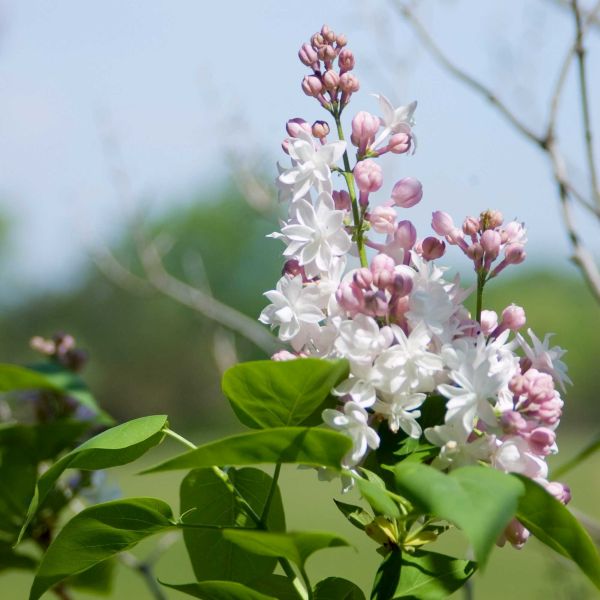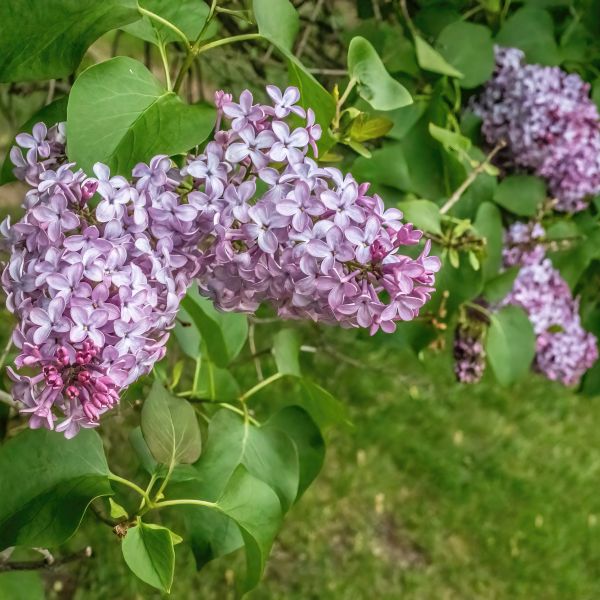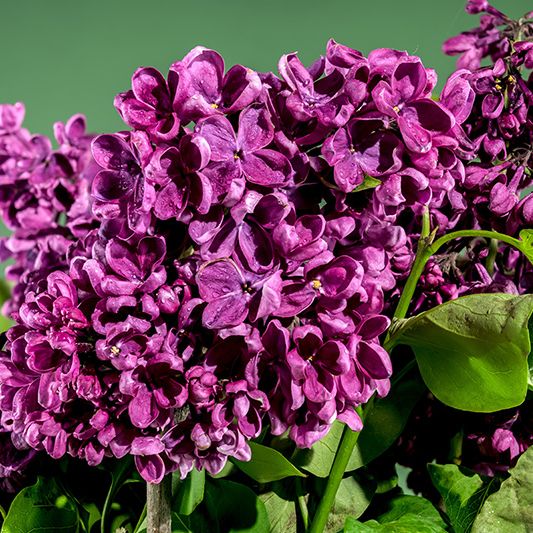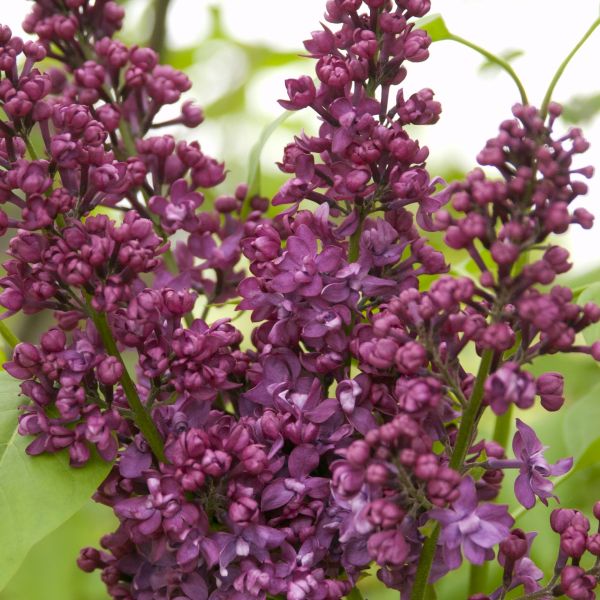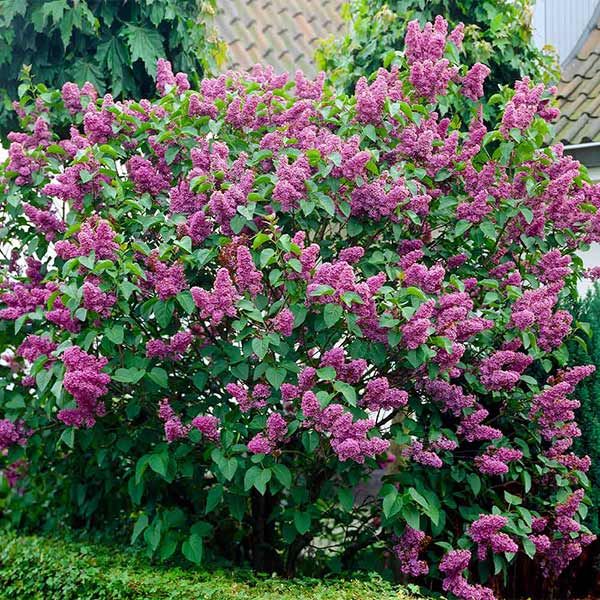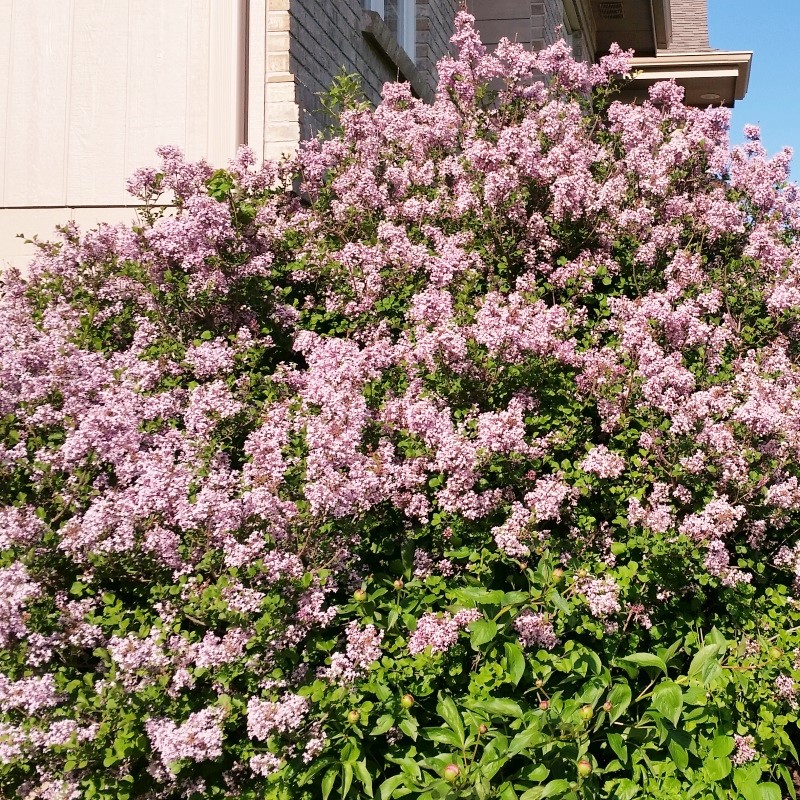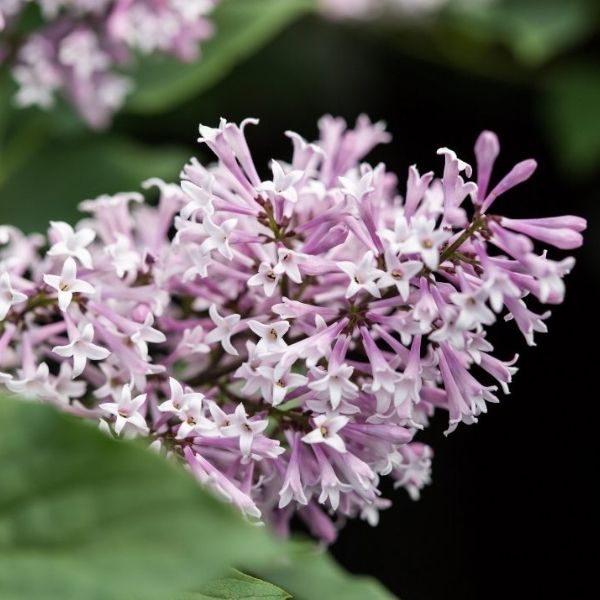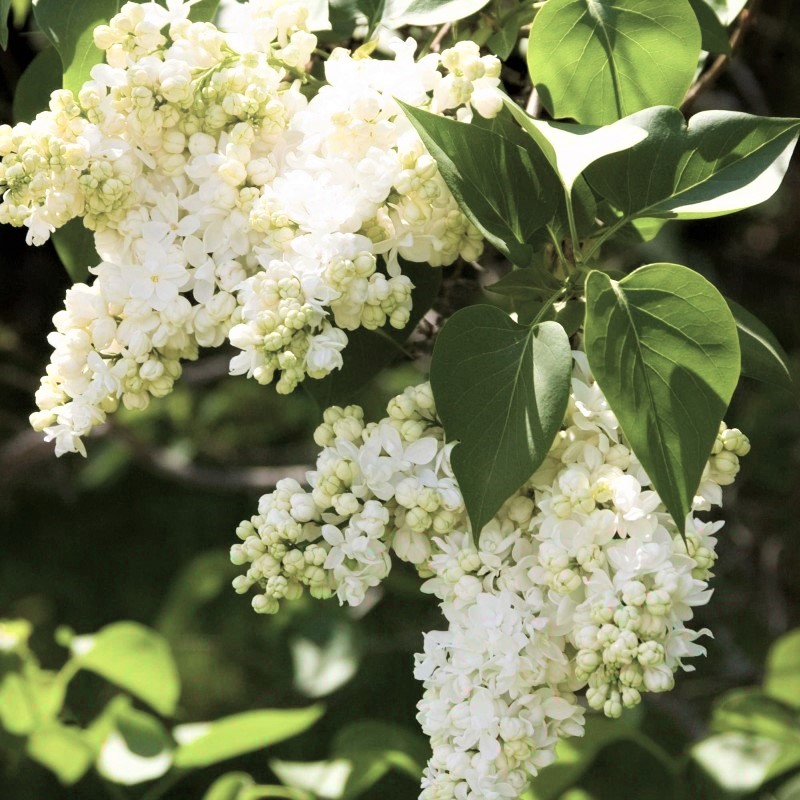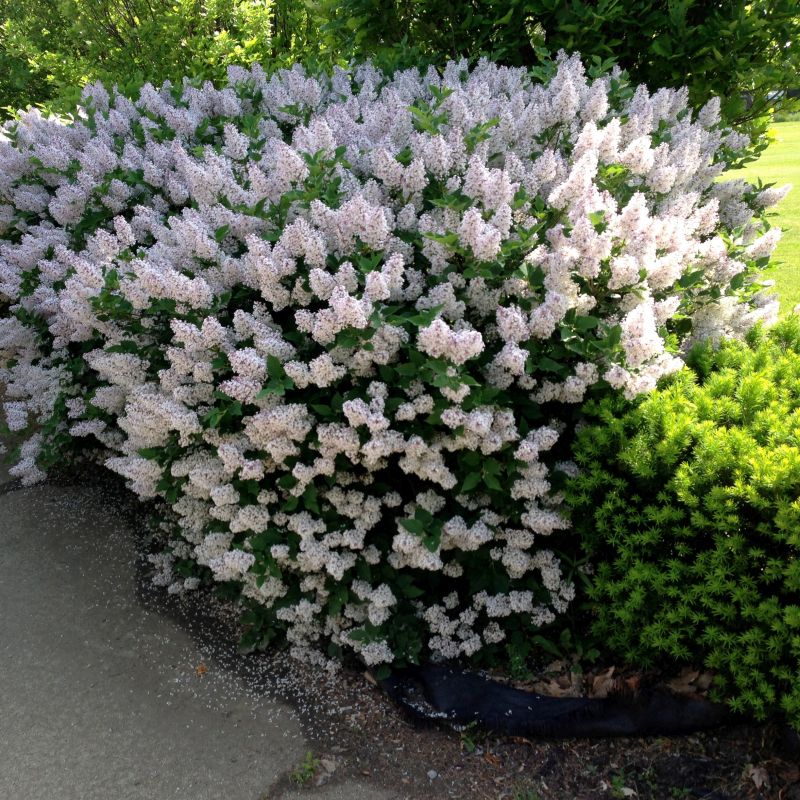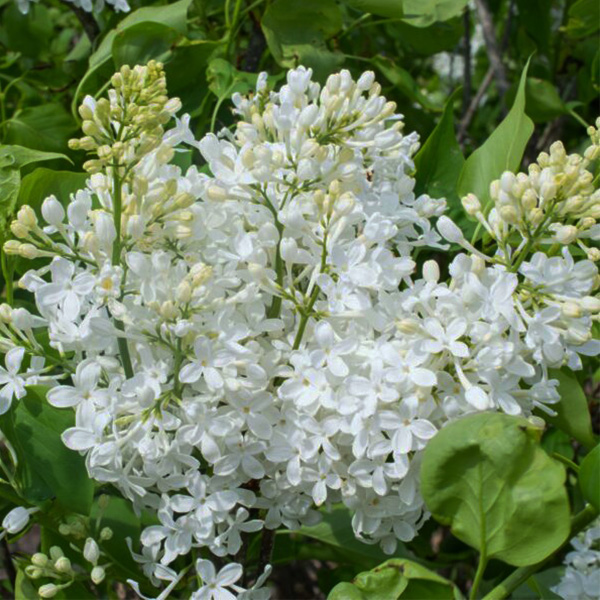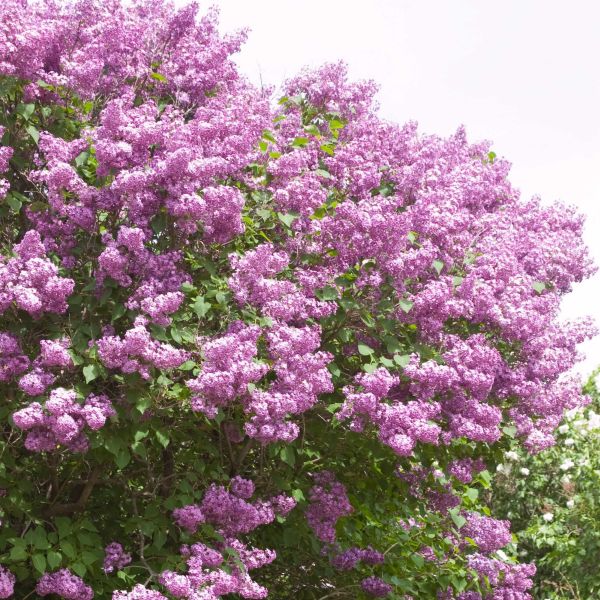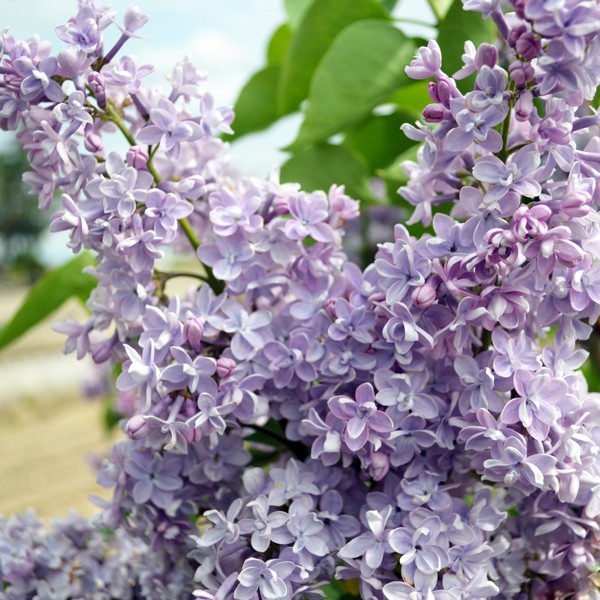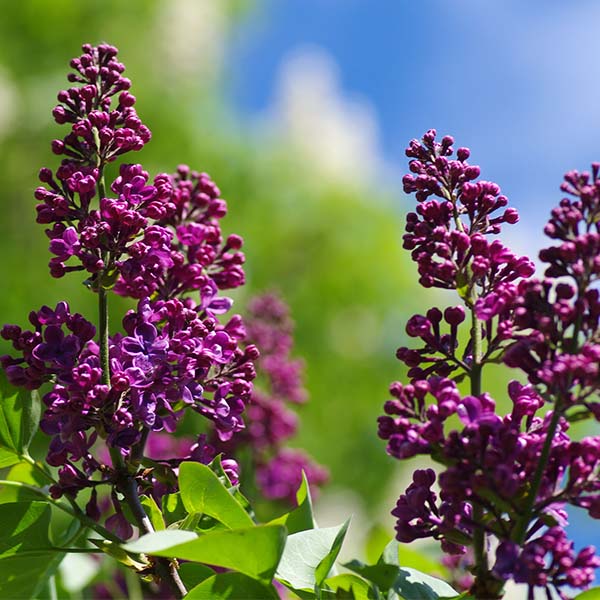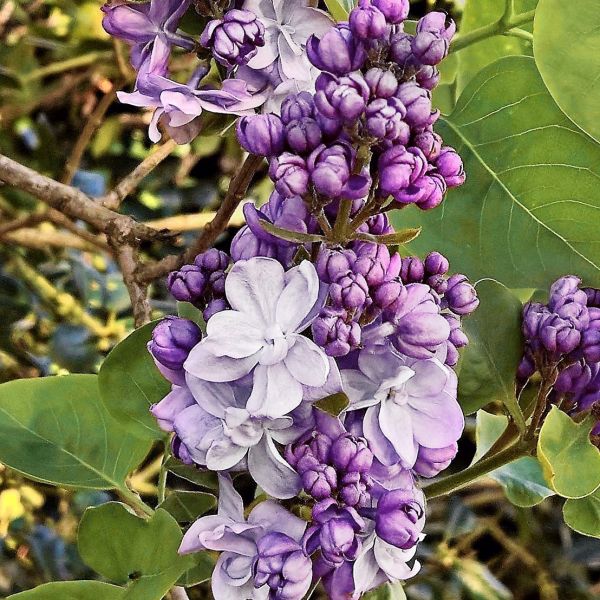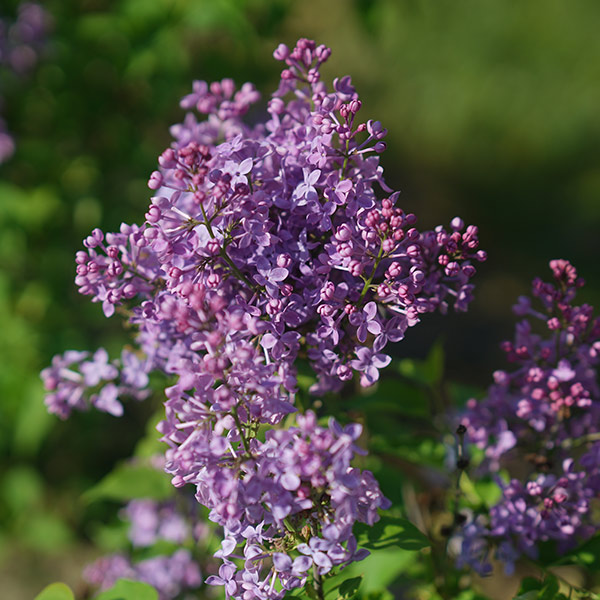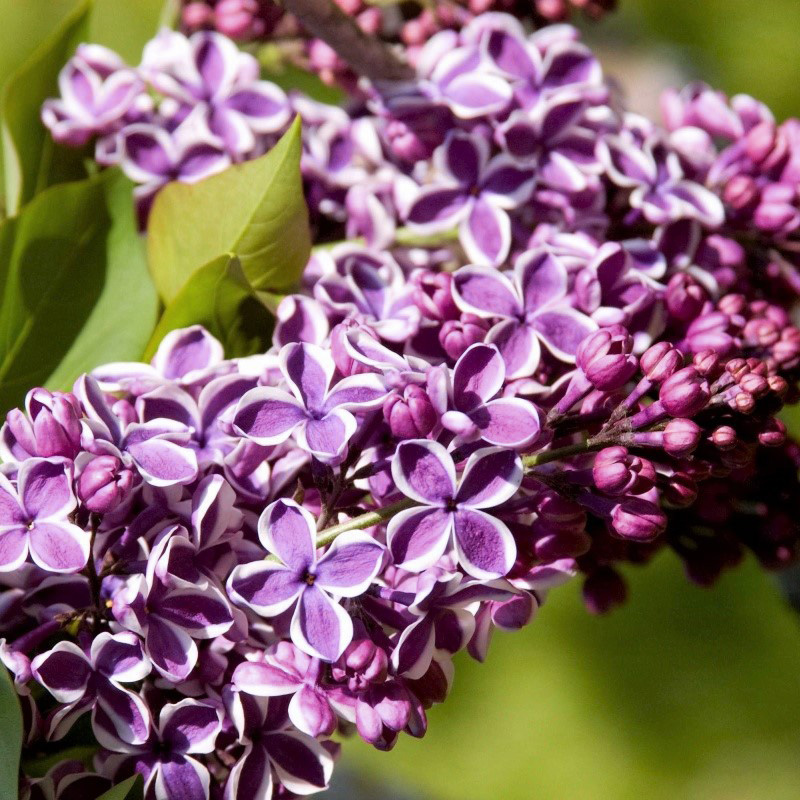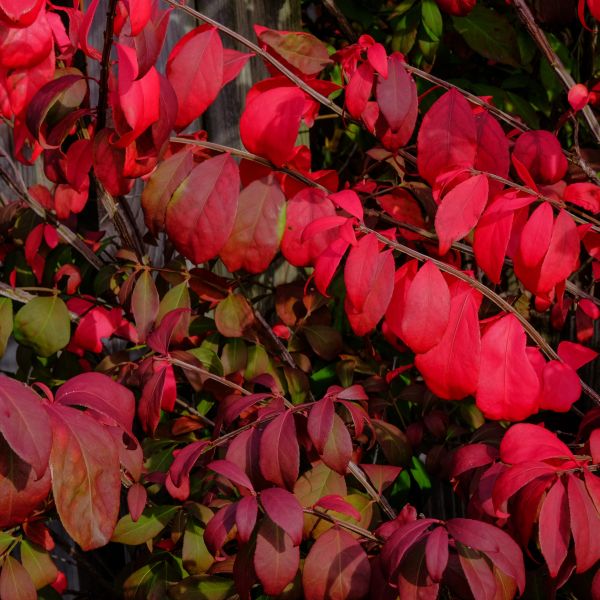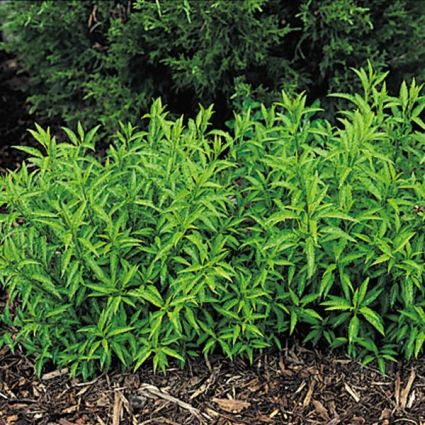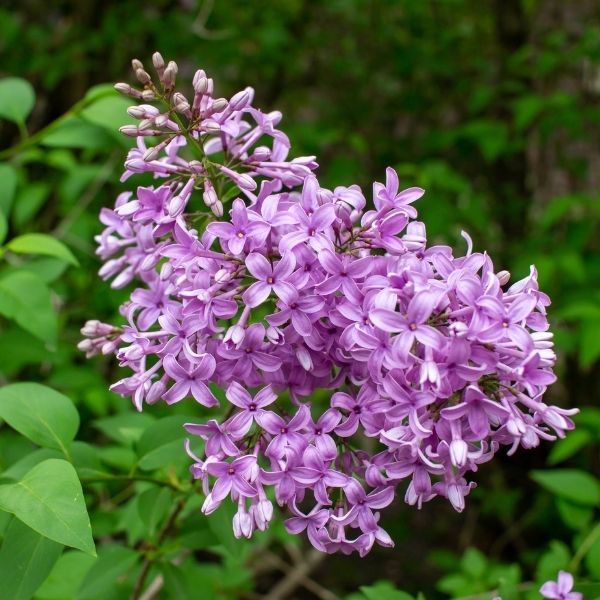


Chinese Lilac
Syringa chinensis
19 reviews
Chinese Lilac
Syringa chinensis
19 reviews
- Produces beautiful, fragrant purple flowers
- Low maintenance and easy to care for
- Tolerant of various soil types and drought conditions
- Recommended by landscape designers for optimal fit in real yards
$128.00
$183.00
30% Off
- Ships to 43215 in 3 to 7 days
- Free Shipping Over $150
- Plant Arrival Guarantee
- In Stock
- Free Plant Consult
$200 - Landscape-Approved: Every Plant We Sell Comes With Design Expertise Behind It
2.5 Gallon
Not just beautiful - intentionally selected by ShrubHub's 3D landscape design team to fit real-world spaces and maximize yard potential.
Why Chinese Lilac?
The Chinese Lilac is a deciduous shrub that is popular for its beautiful fragrance and ornamental flowers. This plant is native to China and has been cultivated throughout the world. It can grow up to 10 feet tall and produces clusters of pink, purple, or white flowers in the late spring. The Chinese Lilac is also a low-maintenance plant that can be easily grown in many different soil types and climates.
People who loved this plant also bought
Sunlight
Chinese Lilac (Syringa x chinensis) prefers full sun exposure to thrive and produce the most abundant blooms. Adequate sunlight ensures proper growth, strong branching, and an abundant display of fragrant clusters of flowers.
Watering
Chinese Lilac (Syringa x chinensis) requires regular watering to keep the soil consistently moist, especially during the establishment period. Watering deeply once or twice a week is usually sufficient, providing about 1 inch of water each time.
Fertilizing
Chinese Lilacs thrive in well-draining soil and require a balanced fertilizer in early spring. Use a slow-release granular fertilizer with an N-P-K ratio of 10-10-10 or similar. Apply according to package instructions to promote healthy growth and blooming
Chinese lilac, also known as Rouen lilac, is a hybrid of Syringa vulgaris and Syringa persica. Chinese Lilac blooms with pale purple flowers on elegant arching branches. This fragrant lilac has a multi-stemmed form with deep green foliage.
The deciduous shrub grows 8-15 feet tall and 6-12 feet wide and makes one of the best flowering hedges. The bark is an elegant grey, that keeps interest even in the fall even when the leaves have no particular fall color.
Once they’re established, Chinese lilacs are pretty low maintenance. They are cold hardy in hardiness zones 3-7. Fast-growing. Chinese Lilac only needs good air circulation, well-drained soil, and the full sun. It will typically only need watering during prolonged periods of drought, and they prefer annual fertilization. Pruning also is generally an annual task.
They have a good level of disease resistance and they are generally heat tolerant and deer resistant as well. Chinese lilac is not particularly susceptible to pests either.
Chinese lilac (Syringa chinensis) is one of the best varieties to use as a summer screen or hedge. They're attractive enough to be treated as specimen plants, grown as focal points in the landscape, be used in foundation plantings and mass planting. Order yours today from Shrubhub to start enjoying this healthy, beautiful Lilac variety.
Plant Information:
| Botanical Name: | Syringa chinensis |
| USDA Zones: | 3 - 7 |
| Water: | Adaptable |
| Exposure: | Full Sun |
| Soil Needs: | Widely Adaptable |
| Mature Height: | 6 - 12 feet |
| Mature Spread: | 6 - 12 feet |






Pollination Info
Pollination Info for Chinese Lilac (Syringa chinensis)
Chinese Lilac (Syringa chinensis) is a small deciduous tree or shrub that belongs to the olive family known as Oleaceae. It is native to China and is commonly known as Rouen Lilac.
The flowers of Chinese Lilac are highly fragrant and appear in late spring or early summer. They are borne in large panicles, which are 12 to 20 cm long and contain many small, single or double flowers that are pink, violet, or white in color. The flowers are hermaphrodite (have both male and female organs) and are pollinated by bees and butterflies.
The Chinese Lilac plant is self-incompatible and requires cross-pollination for best fruit set. This means that the pollen from one flower must be transferred to the stigma of another flower in order for pollination to occur. Insects such as bees and butterflies are attracted to the flowers by their sweet fragrance and nectar. They collect pollen from the male parts of the flowers (anthers) and transfer it to the female parts (stigmas) of other flowers, thereby fertilizing them.
If you are planting Chinese Lilac in your garden, it is important to ensure that it is near other plants of the same or a compatible species to ensure pollination. Some common pollinators for Chinese Lilac include other lilac species, privet, ash, and fringetree.
Overall, Chinese Lilac is a beautiful and fragrant addition to any garden. By ensuring that it is properly pollinated, you can help it to thrive and produce the maximum amount of fruit.
FAQ
Chinese Lilac (Syringa chinensis) FAQ:
What is Chinese Lilac?
Chinese Lilac (Syringa chinensis) is a species of lilac native to China. It is a deciduous shrub or small tree that can grow up to 6 meters tall.
What are the characteristics of Chinese Lilac?
Chinese Lilac has fragrant, pink or purple flowers that bloom in early summer. Its leaves are dark green, oval-shaped, and arranged alternately on the stem. Its bark is grayish-brown and peels off in thin strips. Chinese Lilac produces small, brown capsules that contain seeds.
What are the growing requirements of Chinese Lilac?
Chinese Lilac prefers full sun to partial shade and well-drained soil. It can tolerate a wide range of soil types, including sandy, loamy, and clay soils. It is also drought-tolerant once established. Chinese Lilac should be pruned immediately after flowering to promote new growth and maintain its shape.
How do I propagate Chinese Lilac?
Chinese Lilac can be propagated through stem cuttings or by layering. Stem cuttings should be taken in the summer and rooted under mist. Layering involves bending a low-hanging branch to the ground and covering it with soil to encourage rooting. After a few months, the branch can be cut from the parent plant and transplanted.
What are some common problems with Chinese Lilac?
Chinese Lilac is generally healthy and pest-resistant, but it can be susceptible to powdery mildew, leaf spot, and scale insects. These issues can be treated with fungicides or insecticides, but prevention is the best approach. Chinese Lilac should be planted in a well-ventilated area with good air circulation and should not be overwatered or fertilized excessively.
Can Chinese Lilac be used for landscaping?
Yes, Chinese Lilac is a popular ornamental plant for landscaping due to its fragrant flowers, attractive foliage, and adaptability to various growing conditions. It can be used as a specimen plant, hedge, or border. Chinese Lilac is also a good choice for attracting bees, butterflies, and hummingbirds to the garden.
Planting & Care
Planting and Care for Chinese Lilac (Syringa chinensis)
Planting:
1. Choose a site with well-drained soil and full to part sun exposure.
2. Dig a hole that is twice as wide and as deep as the root ball of the plant.
3. Mix in a handful of compost or well-rotted manure into the hole.
4. Gently loosen the roots of the plant and position it in the hole.
5. Fill in the hole with soil and tamp it down gently around the base of the plant.
6. Water the plant well.
7. Apply a layer of mulch around the base of the plant to help retain moisture and suppress weed growth.
Care:
1. Water the plant regularly, especially during periods of drought.
2. Prune the plant after it flowers, removing any dead or damaged branches and shaping it as desired.
3. Apply a balanced fertilizer in the spring.
4. Chinese lilacs are relatively pest and disease-resistant, but keep an eye out for any signs of problems and treat them accordingly.
5. Enjoy the beautiful blooms and fragrance of your Chinese lilac!
Check Out These Verified Customer Reviews:
Customer Reviews
4.7 out of 5 based on 19 reviews
Thank you! Your review has been submitted.
Absolutely gorgeous Chinese Lilac, very healthy and vibrant. I'm extremely happy with my purchase.
I am so impressed with the quality of the Chinese Lilac. It looks even better than I had hoped.
The Chinese Lilac was exactly as described. It arrived quickly and in perfect condition.
Item has been added to your cart.




